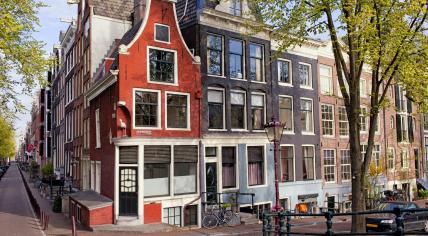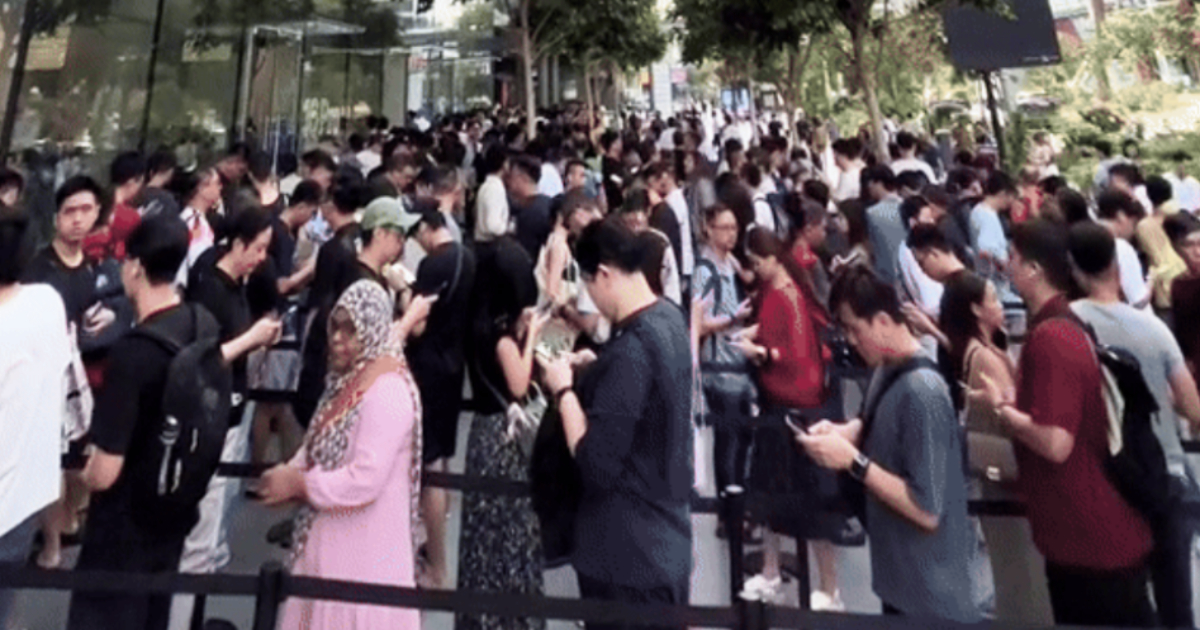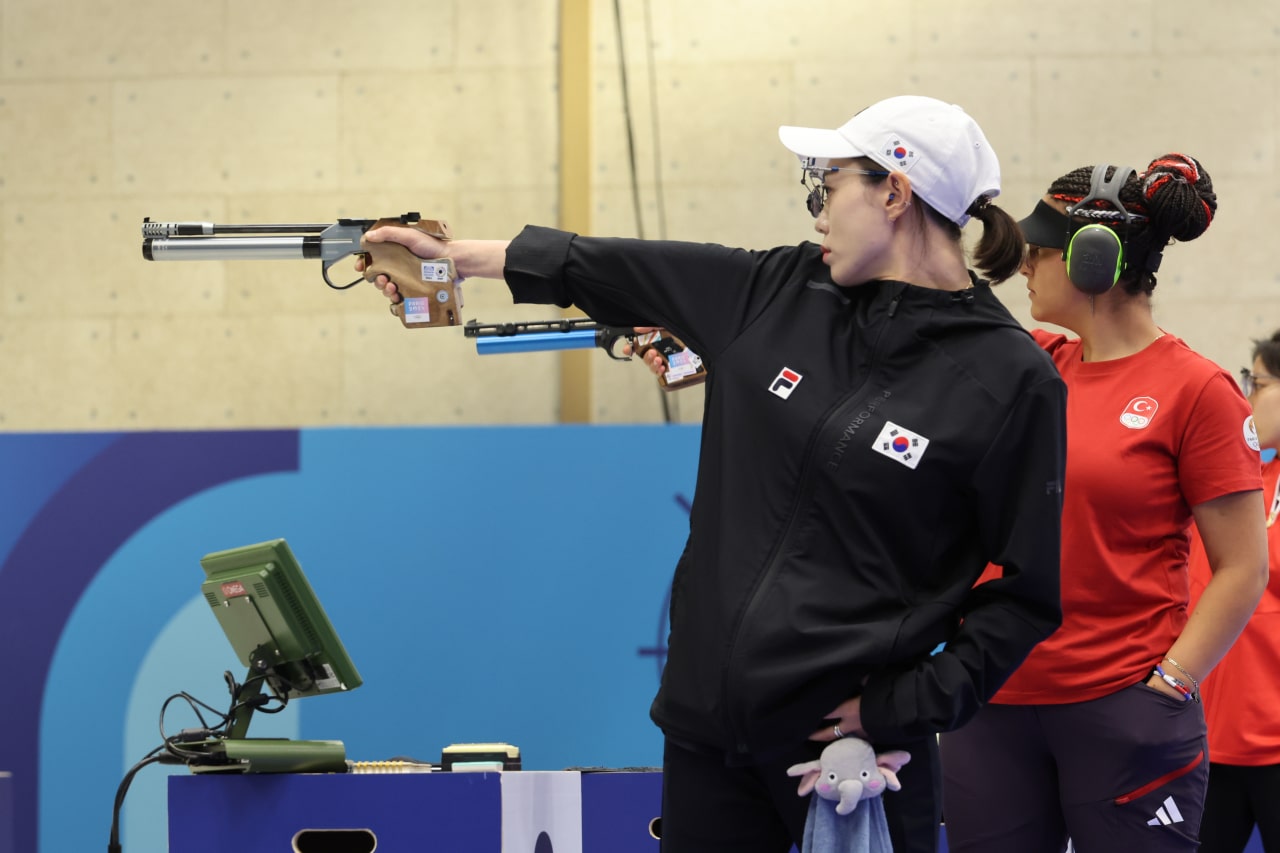
NAGA CITY, Philippines – “ Kasurog ko si Ina. Kasurog ko sa problema. Pirmi ako nagdidiyan sa simbahan.
Ang Ina kaya ang tigdadalaganan kang sarong ina .” (Ina is my ally. My ally in problems.

This is why I always go to church. Ina is where a mother like me goes.) Lea Moral, a 40-year-old vendor and devotee to Nuestra Señora de Peñafrancia (Our Lady of Peñafrancia) could not help but tear up while talking about what the patroness of Bicol meant to her.
A resident of Pamplona, Camarines Sur, Moral said she has been a devotee since childhood. Ina, she said, helped her to become more resilient and hopeful in life as a mother. Ina is how Bicolanos fondly call the region’s patroness, the Lady of Peñafrancia.
It is a centuries-old devotion that started in 1710, when the image of the Blessed Mother carrying the child Jesus in her arms was brought to the city of Nueva Caceres, which eventually became part of Naga City by Spanish friar Don Miguel Robles de Covarrubias. Over the years, many miracles have been attributed to Ina. People who need healing often seek her intercession.
Ina was officially crowned as the queen and patroness of Bicolandia on September 20, 1924 . The annual celebration held in her honor, the Peñafrancia Festival, is the largest Marian celebration in Asia. Every September, hundreds of thousands of devotees from various parts of the country flock to Naga City for the week-long celebration.
Devotion meets livelihood DEVOTION, NOT JUST LIVELIHOOD. Lea Moral, a vendor from Pamplona Camarines Sur, enjoys talking to devotees of Ina while selling bananas along Barlin Street, Naga City. Photo by Billy Cruz The festival cannot be complete without the local vendors peddling bandanas, bottled water, souvenirs, candles, and delicacies along the sidewalks of Naga City.
These vendors usually cater to the needs of the voyadores . Voyadores are devotees who have pledged to carry the image of Our Lady of Peñafrancia at the processions held in Her honor. It may seem like a typical way to earn a living.
But for the vendors of Peñafrancia festival, it is also a way to show devotion to Ina. At this year’s Traslacion , Moral was selling P10 bandanas in front of the Cathedral along Barlin Street, Naga City. Bandanas are hankies that devotees usually use as a headband during the procession.
Available in 12 different colors, these are typically emblazoned with the festival slogan, “Viva La Virgen!” (Long live the Virgin!) It was her first time selling bandanas at this year’s festival and she had two purposes: one is to earn a living and more importantly, to witness Ina. At the time of the interview, Moral had not yet counted how much income she has already accumulated by selling her wares. She was just enjoying how ordinary devotees, students, buyers, and strangers would talk to her genuinely about their Marian devotion despite not knowing each of them personally.
“ Garo kaugmahan ko naman tapos pagdebosyon na ki Ina (It is also my happiness and devotion to Ina),” she said. Overwhelming emotion One tradition that devotees often practice during the week-long festival is lining up to kiss the holy image. The queue often stretches to the outside of the Cathedral and devotees have to endure the weather, patiently waiting until they reach the altar.
Moral described how overwhelming it felt when she lined up to kiss the image one time. “ Makapot pa lang ako ki Ina garo itong napapahibi na ako. Ito bagang mahibi ka na tapos kapag nakakakapot ka na, garo itong makusog na ang buot mo, garo itong nagginhawa si pagmati mo.
” (I was just about to touch Ina but I already felt like crying. You know that feeling where you want to cry, but when you finally touch Ina, it feels like you have regained your strength. And you feel more at peace with yourself.
) Moral’s depth of devotion is also shared by 44-year-old Harold Orosa Mangampo, a vendor and devotee from Libmanan, Camarines Sur. In an interview with this writer, Mangampo shared how Ina helped him recover from his kidney illness. Ina strengthened him, Mangampo said.
VOYADORES. Harold Mangampo, a vendor and devotee from Libmanan, Camarines Sur, recalls the days when he used to join the voyadores, devotees who pledged to carry and guide the image of Ina during the annual processions. Photo by Billy Cruz “ Dai ako naghalat ning madalian.
Hinalat ko si biyaya Niya na marahay ako. Pakatapos ning pirang bulan, sa herak kang marhay na Ina, narahay ak o,” he said. (I did not expect for an instant response.
I waited for Her blessing to heal me. After months, in the mercy of the Blessed Mother, I got healed.) The influence of Ina on the daily lives of Bicolanos goes way beyond the Peñafrancia Festival.
This is what Mangampo wants to reiterate to all devotees and tourists. “ Kung talagang personal nasa puso mo siya, maski pagturog mo, nasa puso saka isip mo ‘yan. Bako lang tong ‘pag piyesta saka mo siya maiisip, bako, sala ,” Mangampo said.
(If she’s truly in your heart, even though you’re asleep, she’ll always be in your heart and mind. Don’t remember her just because it’s fiesta, that’s wrong.) Mangampo also sells candles, chips, candies, bottled drinks, and bandanas outside the Naga Cathedral every year.
He has been a devotee of Ina since 1987. Voyadores Mangampo used to join the large group of voyadores carrying the plinth of the holy image during Traslacion. The practice of ‘Pag-voya’ (to voyage) involves either carrying or guiding the holy images as they transfer from Peñafrancia Church to Naga Cathedral.
It is practiced by Bicolanos from various walks of life. Even the late Jesse Robredo, former mayor of Naga City, practiced this devotion. Accidents usually happen during this procession as some devotees surge through the sea of voyadores just to get near the plinth carrying Ina and Divino Rostro (the image of the Holy Face of Jesus).
Mangampo shared his take about the practice: “ Ang pagvovoya, bako man yan itong makikidusukan ka. Pag yaon ka sa boot kang mahal na Ina, maski harayuon, basta ang puso mo yaon saiya, iyan ang pananampalataya na sinasabi .” ( Pagvoya is not about crowding with a large number of voyadores .
If you are in the spirit of Ina, even if you are far, as long as your heart is with her, that is true devotion.) Although he has not been able to join the tradition anymore due to health reasons, Mangampo still manages to show his faith by selling souvenirs to devotees near the church. “Queen” of Bicolandia This year’s celebration, with the theme ‘Se siempre la Reina !’ (Be always the Queen!), marks the centennial anniversary of the canonical coronation of Nuestra Señora de Peñafrancia.
Following tradition, the week-long festival started with the Traslacion procession, on Friday, September 13, which gathered around 900,000 devotees according to the Naga City government. During the Traslacion procession the holy image is transferred from the Basilica Minore to the Naga City Metropolitan Cathedral. The celebration will culminate on Saturday, September 21, with the Annual Fluvial Procession.
During this procession, Ina and Divino Rostro will be transferred back from the Cathedral to the Basilica. The fluvial procession starts with a foot procession from the Cathedral to the Reina del Bicol Pier. From the Pier, the images are unloaded on a pagoda which then traverses the length of the Naga River going to the Basilica Pier.
Upon reaching the Basilica Pier, devotees embark on another foot procession to the Basilica Grounds where thousands of devotees wait for the return of Ina and Divino Rostro. The Mass after the fluvial procession unites people from all walks of life — may they be children, priests, parents, professionals, homeless, or vendors. The devotion binds them all together in one place, singing the iconic “Resuene vibrante el himno de amor ” (Let the hymn of love resound vibrantly) in honor of the Nuestra Señora de Peñafrancia.
“ Sa fluvial, mahiling ulit kami. Mapangadyi, mapasalamat ta naghahangos pa ,” Moral said. (We’ll visit here again for the fluvial.
To pray and to give thanks for still being alive.) – Rappler.com Angelee Kaye Abelinde, a campus journalist from Naga City, is a second-year Journalism student of Bicol University and the current copy editor of The Bicol Universitarian.
She is also an Aries Rufo Journalism Fellow of Rappler for 2024..














